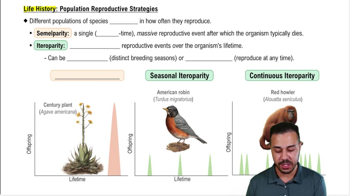To figure out the human population density of your community, you would need to know the number of people living there and
a. The land area in which they live
b. The birth rate of the population
c. The dispersion pattern of the population
d. The carrying capacity





